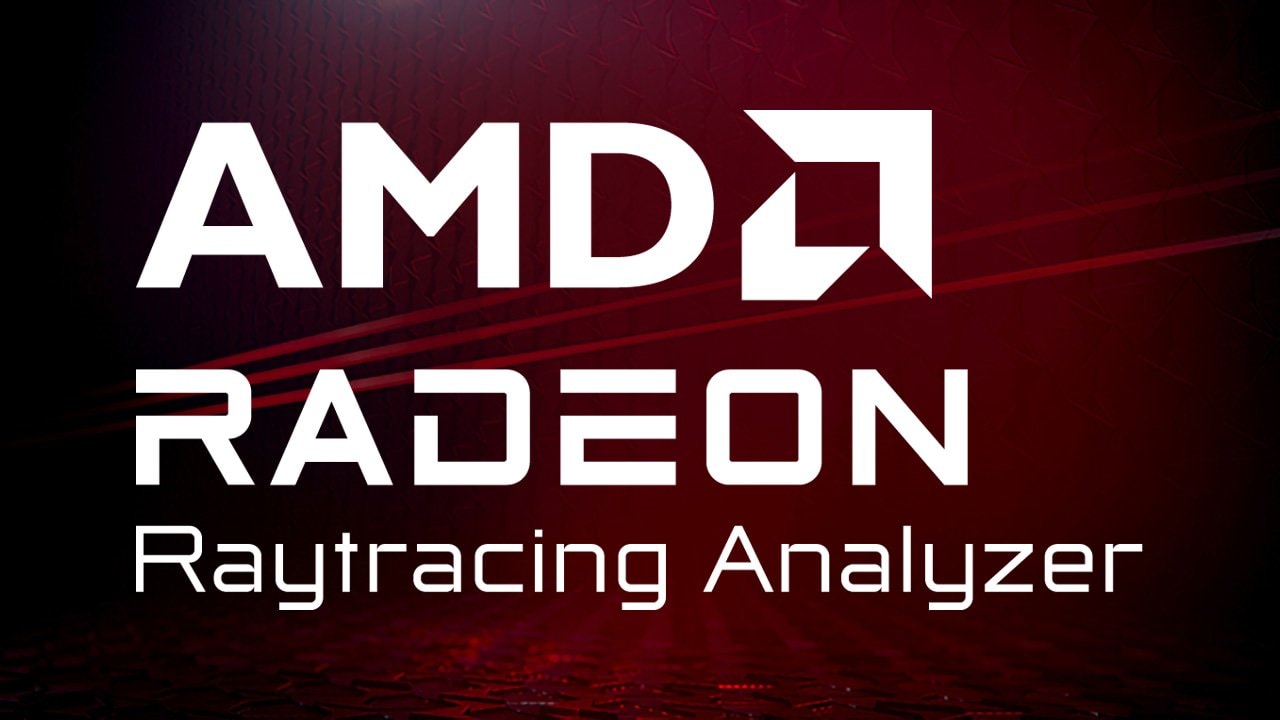
AMD Radeon™ Raytracing Analyzer
AMD Radeon™ Raytracing Analyzer (RRA) is a tool which allows you to investigate the performance of your raytracing applications and highlight potential bottlenecks.
With RRA v1.8 comes support for opening RRA scenes captured on AMD Radeon™ RX 9000 Series GPUs, based on AMD RDNA™ 4 Architecture. The AMD RDNA™ 4 format includes notable changes to the bounding volume hierarchy (BVH) format like oriented bounding boxes (OBBs) and a new node format that supports 8 child nodes instead of the previous 4. Triangle data is now stored more efficiently so each triangle node can now contain up to 8 triangles instead of the previous 2.
With these BVH format changes comes some new features in RRA to display them.
Before AMD RDNA™ 4, all internal nodes of BVHs were axis-aligned bounding boxes (AABBs) which have the benefit of being a simple format that is fast to do calculations on but faces limitations when geometry does not align well with the X, Y, and Z axes. For example, a model of construction scaffolding could have metal rods at a 45 degree angle which means that the AABBs they’re contained in include lots of empty space which results in wasted ray-box intersection calculations when rays intersect with all the empty AABB space surrounding the rod geometry.
OBBs greatly alleviate this problem. As the name implies, these bounding boxes are not restricted to being aligned with the X, Y, and Z axes but rather uses an orientation that minimizes empty space surrounding the geometry it contains. To return to the scaffolding example, here is a heatmap showing traversal cost with and without OBBs:
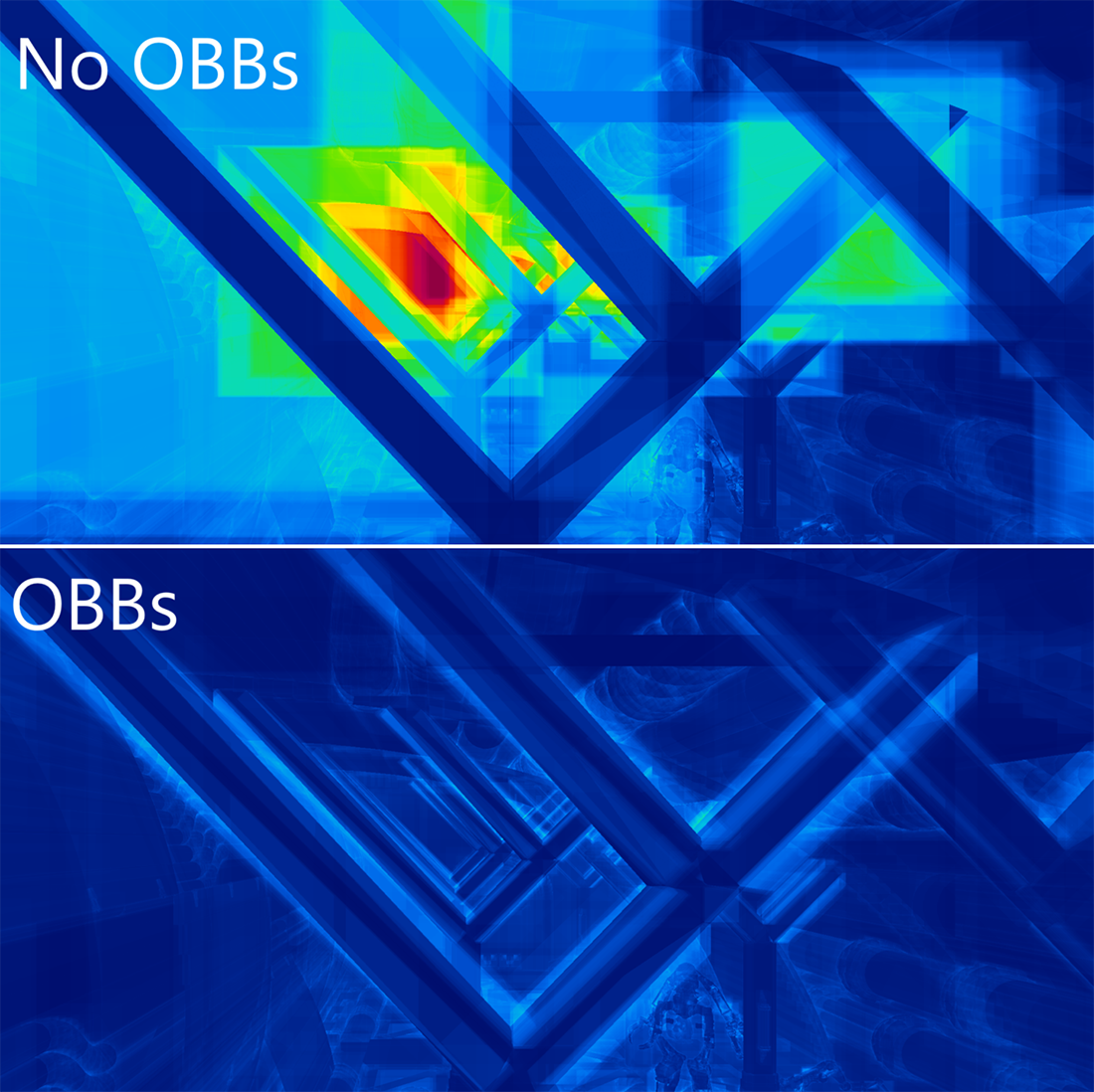
In RRA, OBBs can be viewed in the 3D view by ensuring the “Show bounding volumes” checkbox is enabled. In this image they appear as rotated boxes bounding the suspension bridge’s cables.
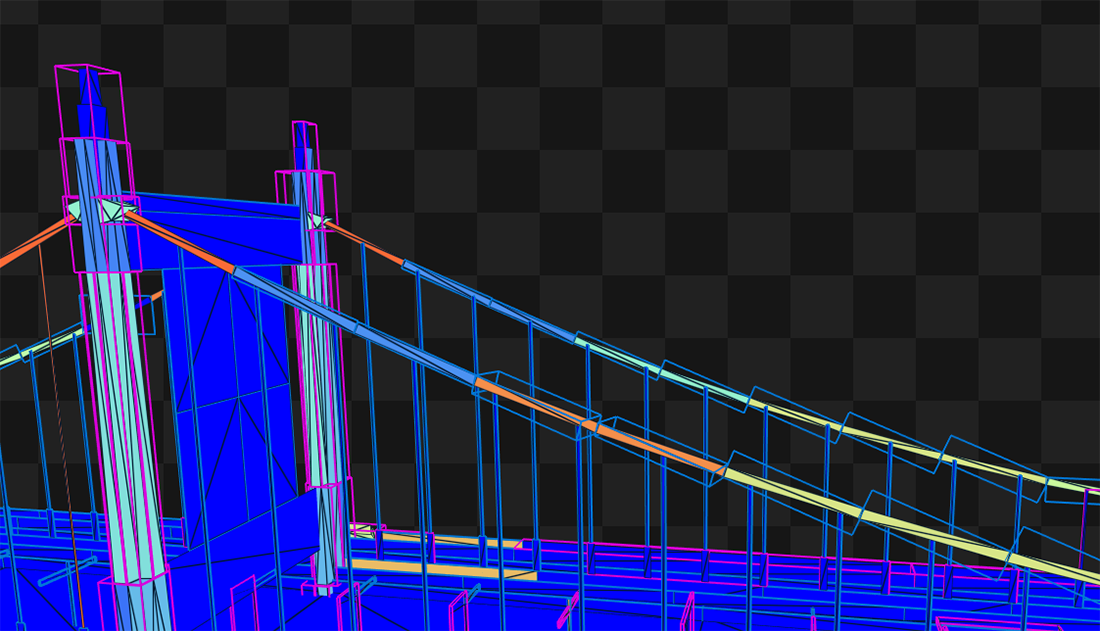
The selected node’s OBB rotation matrix is visible in the left pane. For nodes with an AABB, the identity matrix will appear here.
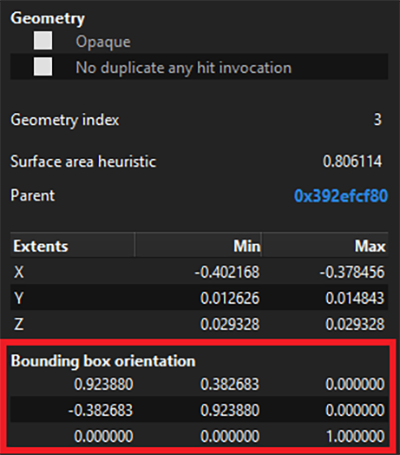
Nodes in the new format can have up to 8 children and are identified by the “Bvh8” in the scene tree.
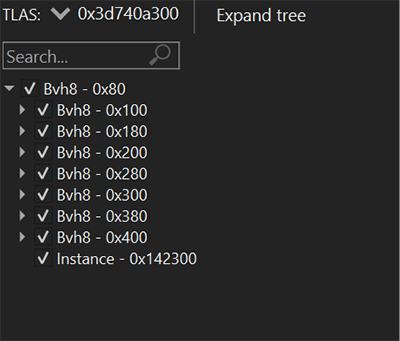
Switching to the BLAS pane, triangle nodes can now contain up to 8 triangles as well. Each triangle will be listed in the left pane with its own vertex table and primitive index.
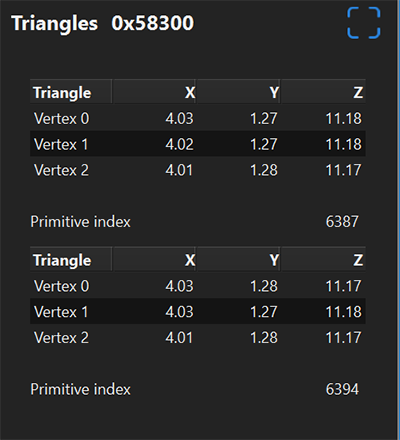
These changes will only be present on scenes captured on AMD RDNA™ 4 architecture devices. You can always check what device an RRA scene was captured on in the Overview pane tab “System information.”
Additionally, RRA now supports the Wayland display manager on Ubuntu 22.04 and 24.04.
You can download the latest AMD Radeon™ Developer Tool Suite from /introducing-radeon-developer-tool-suite/
